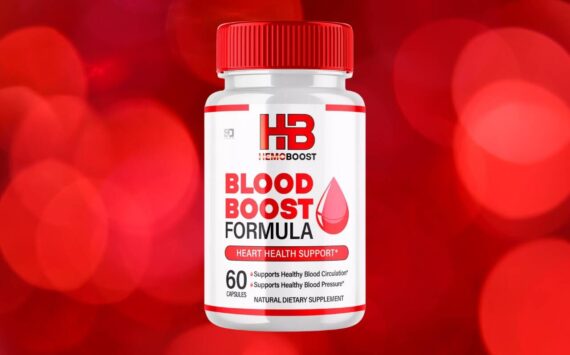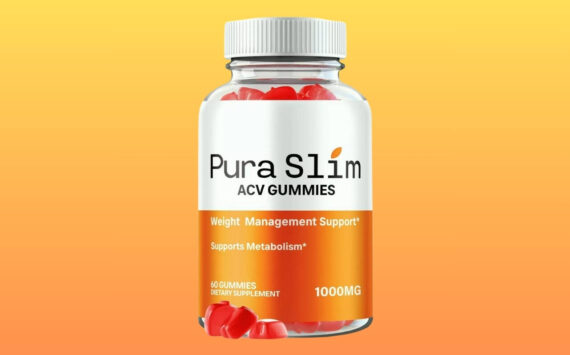By Emily Countryman
Have you ever eaten a meal only to want to eat again shortly thereafter?
Are you constantly tired and experiencing sugar highs and lows?
You know, the ones where you feel like you can take on the world but a few hours later are ready for a nap?
You may have a case of the Sugar Blues.
As Americans we eat too much sugar. It’s not all our fault; sugar is added to nearly everything. One of the biggest culprits is our beverages.
Did you know your typical “vitamin enhanced water” has over 32 grams of sugar in it? Sugar is also going incognito.
There are now over 50 names for sugar. A few popular ones are Agave Nectar, Carob Sugar, Coconut Sugar, Galactose, Malt Syrup and Maltodextrin.
When you see this on your label, know it’s added sugar. Signs you are consuming too much sugar: include weight gain.
Fat isn’t the only culprit in making us fat. The real culprit in weight gain is sugar.
When you see items labeled “Low Fat” or “Fat Free” that typically means added sugar, how else would it taste so good?
When given the choice choose the regular fat item instead of the fat-free option.
Too much sugar can cause low mood, anxiety and even depression. Low Immunity: Sugar can weaken the immune system and as a result you seem to always be the person catching the bug that’s going around.
Metabolic Syndrome: This consists of abdominal obesity and visceral fat, high blood pressure, high cholesterol and insulin resistance. Metabolic syndrome is quickly growing and may soon overtake smoking as the leading preventable risk factor for heart disease.
On average, Americans consume 150-200 pounds of sugar per year.
That’s over half a pound per day. It’s no wonder we are hungry, tired, sick and anxious all of the time.
Our pancreas is in overdrive trying to produce enough insulin to keep our blood sugar levels down.
Tips to reducing sugar consumption:
Start with the holidays. Halloween is quickly approaching.
If you get trick or treaters try giving them temporary tattoos, stickers or little toys instead of candy.
Make some cooking changes. Can you slightly reduce the sugar in a few of your favorite recipes and still achieve the same taste? Try removing a fifth of the sugar the recipe calls for. Re-evaluate your “healthy” choices. Items like Non GMO and Organic do not mean low sugar.
Even if it’s organic, sugar is sugar and your body can’t tolerate so much. My general rule is single digits for sugar. If the item contains 10 grams or more consider it a treat and eat it in moderation.
Check the labels. Don’t just check how many grams of sugar are in an item but check the ingredients to see if sugar is an added one. Take baby steps. If you consume a lot of sugar, cutting it all out at once can possibly lead to detox symptoms.
Try small steps such as not adding sugar to coffee, cereal, etc. Swap some of your sweet treats with sweet fruits.
There is still sugar/fructose in fruit but the fiber in the fruit will help you feel full, reducing the desire to overeat.
Challenge yourself to eat less sugar. The WHO now recommends less than 5 percent your daily calories come from sugar, which is about 25 grams.
That’s less than a can of pop a day. Can you do it?
Emily Countryman owns Ideal Wellness in Marysville and writes a monthly health column for this newspaper.








